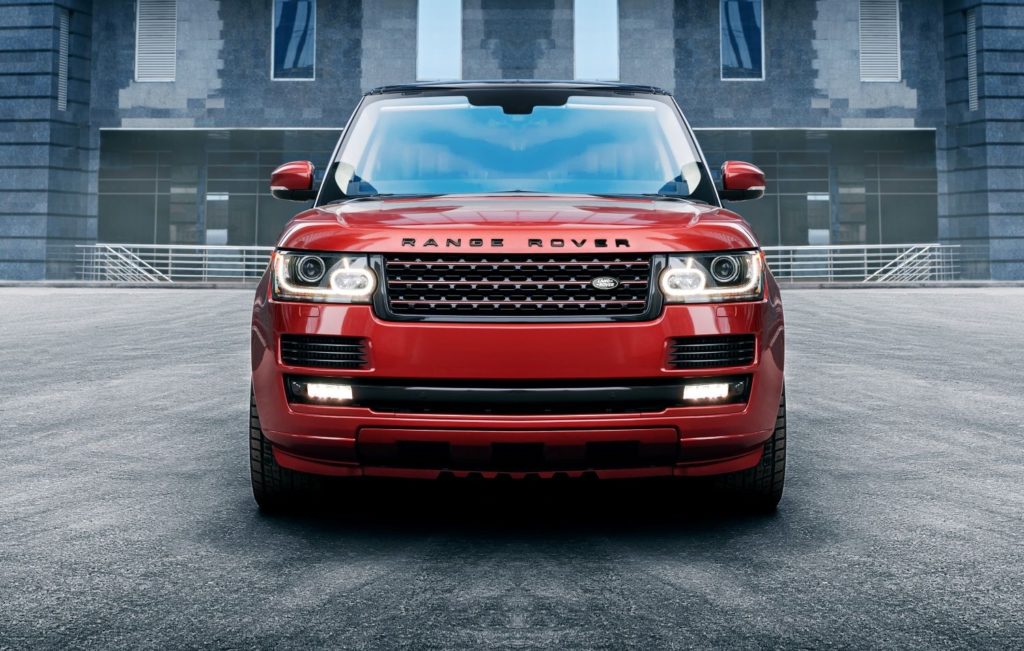Land Rover’s Range Rover is known for its sleek design, but not as much for its reliability. This model also has a steep five-year depreciation rate of 63%. This means that if you purchased a brand-new unit for $151,793, its resale value will go down to $56,437 in five years, according to CarEdge.com.
Is the Range Rover Reliable?
Unfortunately, the Range Rover has a reputation for not being a very reliable luxury full-size SUV. RepairPal gave it a reliability rating of 2.0 out of 5.0, ranking it 15th out of 19 vehicles in its segment. J.D. Power gave the 2021 Range Rover a reliability score of 72/100 and the 2015-2020 model years an average score of just 73/100. The 2020 Range Rover was also given the lowest predicted reliability score of 1 out of 5 by Consumer Reports.
According to the reliability rankings above, what drags the Range Rover’s score down is its annual repair cost, and the frequency and severity of the problems it gets. While it takes an average of just $652 to maintain other vehicle models, it can cost you $1,258 per year on average to maintain a Range Rover. You can also expect to bring this SUV to the shop for repairs about 0.6 times per year on average, which is around the same for other vehicles in its class (0.7 times per year) but more often than other vehicle models (0.4 times per year). You may also encounter many major issues with a Range Rover, as the probability of having severe problems with this vehicle is 19%, according to RepairPal.com. While this is still within the range of other luxury full-size SUVs (19%), this is a significantly higher number than other vehicle models in general (12%).

With proper extensive care and maintenance, the Range Rover can last over 100,000 miles. But be careful when buying a used Range Rover as you may end up with hefty repair bills in the end. If you plan on buying this SUV, make sure to note the possible repairs you may need to do.
Top Range Rover Problems
As of writing, there are only four user-submitted reports for Range Rover problems on CarComplaints.com. That said, the number of recalls, technical service bulletins (TSBs), and lawsuits may paint a different picture as to what people are saying about this model. Below are some of the most common Range Rover problems:

Water Leaking Through the Windshield
According to a 2017 Range Rover owner on CarComplaints.com, he discovered a leak on his vehicle as he was washing the vehicle for the first time. He had found that there was water dripping from the corner of the roof and the A-pillar. A part of his SUV’s interiors had been soaked and discolored. The owner had his windshield resealed in order to fix the problem. Surprisingly, there are no TSBs or recalls for the windshield leak issue.
There are 854 TSBs and five recalls for the 2017 Range Rover as of writing. The problems surrounding this particular model year range from unusual engine noises to tire issues. Recalls were issued to address problems with the seat belts, fuel gauge, instrument cluster, and fuel pumps.
Illuminated Suspension Light
According to a 2011 Range Rover owner, he had to bring his vehicle to a shop due to numerous transmission issues, including an intermittent illuminated suspension light. Aside from transmission problems, this vehicle also has engine knocking issues as well as problems opening the sunroof. When he brought his vehicle to the dealership, the owner found out that his roof had been dented. When he asked Land Rover to fix or account for the dent, they refused at first, only relenting when BBB (Better Business Bureau) was involved.
As of writing, there are 186 TSBs and three recalls for the 2011 Range Rover. The recalls are for the frontal air bag and the front brake hose(s). According to the air bag recalls, the passenger frontal air bag inflator may rupture or explode, which may result in serious injury or death. Meanwhile, the front brake hose recall was issued because of the increased crash risk due to brake hose failure.

Faulty Brakes
A 1998 Range Rover owner has reported hearing clicking sounds from the driver’s side front wheel. After that, the “ABS fault” signal appeared, followed by the “Traction fault” signal. According to this report, the owner notices these symptoms whenever he’s engaging the brake pedal. These symptoms are said to be unpredictable. This issue was said to first occur at around 140,000 miles. Currently, there are no specific TSBs available online that address this specific issue. However, the 1998 model year has three recalls and eight TSBs to date.
If you’re planning on buying a Range Rover, you should take your time and research the model year you want, as you should with any other vehicle. Look up all related TSBs and recalls related to that model year. As for the unit itself, make sure to get all related documents, like its repair and recall history, warranty documents, etc., so you will be aware of the issues the vehicle has and also the fixes that were done on it.
The risks of buying a new or used Range Rover may outweigh the potential benefits, and you may end up paying more for repairs than the actual price of a used unit. That said, if you’re going to go through with your purchase, make sure to clear everything up with the seller before you seal the deal.
Any information provided on this Website is for informational purposes only and is not intended to replace consultation with a professional mechanic. The accuracy and timeliness of the information may change from the time of publication.

















